Social Security Name Change: A Complete Guide for 2025
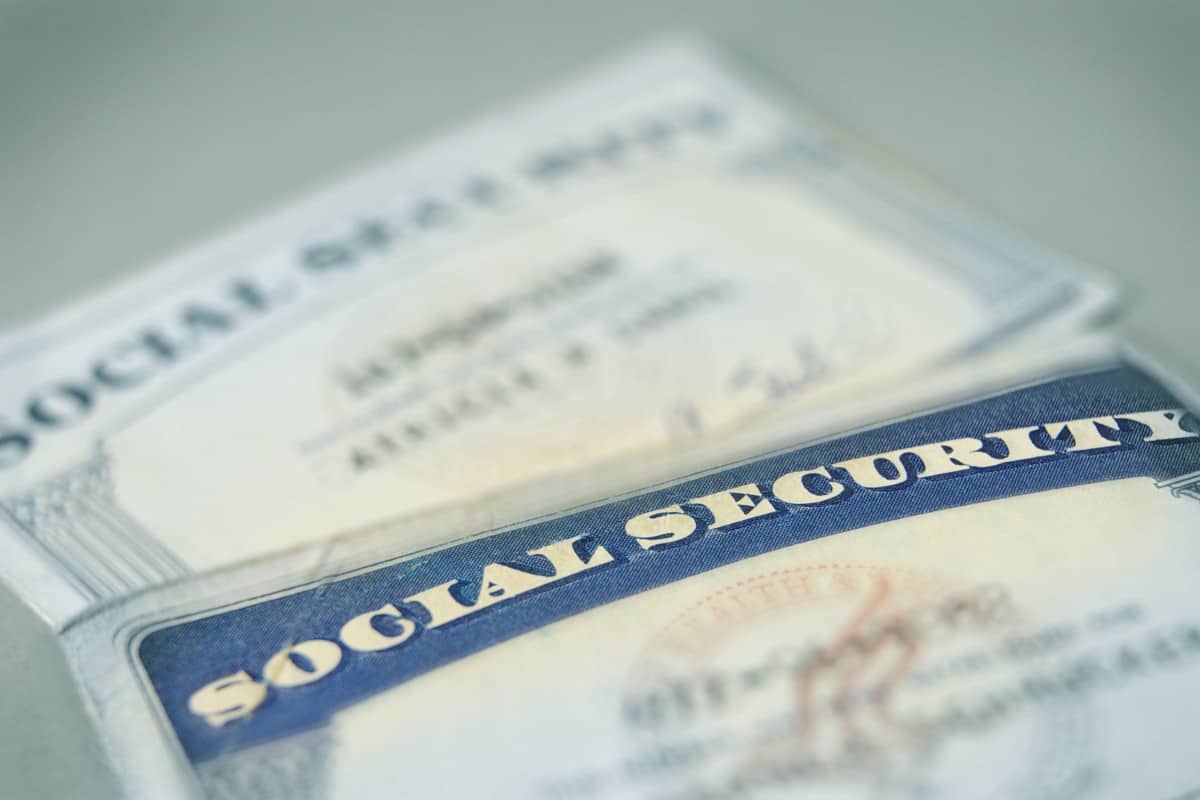
You can legally change the name on your social security card after marriage, divorce, or court order through the Social Security Administration (SSA).
Getting a new social security card paves the way for other name changes, such as your driver's license and passport.
Your social security number (SSN) will stay the same after changing your name.
Name change requirements

You can change the name on your social security card by completing the SS-5 application and providing:
Any evidence you offer—ID, records, certificates—must be original or certified copies. Photocopies, notarized copies, photos, and receipts are unacceptable.
Does this mean you're obliged to mail your driver's license and unearth your birth certificate? Maybe not. You may only have to satisfy the first condition (explained later).
Changing the name on your social security card is just one part of the name change process. Our name change after marriage guide paints the complete picture.
Caution: While changing your name alone won't affect your social security benefits, such as SSI or widower payments, the act of marriage itself may affect your benefits.
What's allowed in your legal name change?
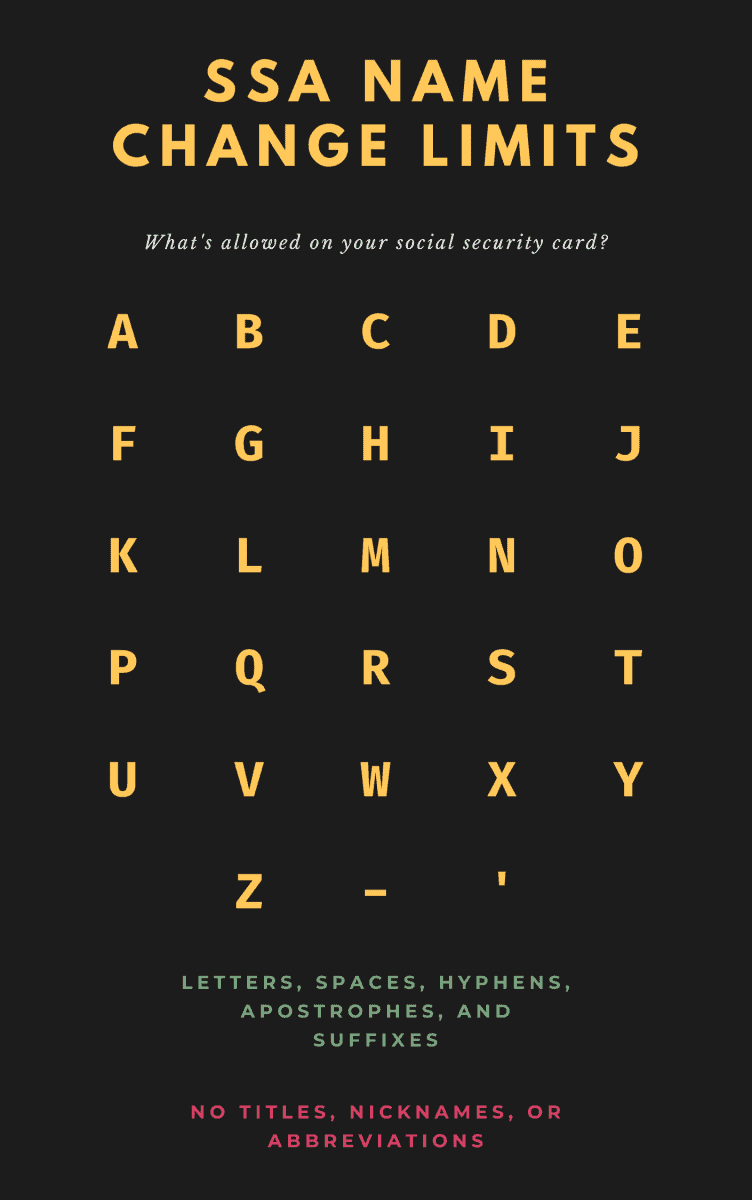
Your legal name is your first and last name only. The SSA will still print your middle name and suffix on your social security card if enough space is available.
You can remove your middle name if you don’t want it to appear on your social security card.
Your name may only contain letters, spaces, hyphens, and apostrophes. Suffixes are okay. Omit your personal title, such as Mr., Ms., Mrs., Dr., Esq., Sister, or Father.
Don't use a nickname or abbreviation, such as Liz for Elizabeth or Deb for Deborah, unless it's your actual legal name.
SS-5 social security name change form
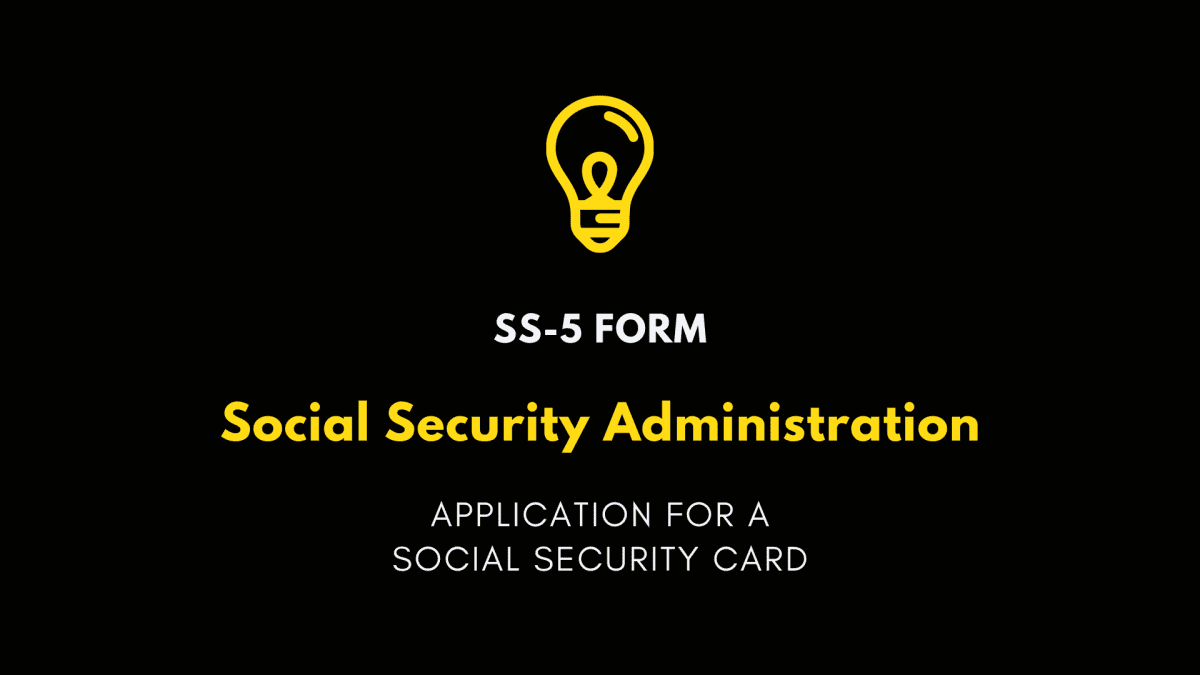
Use Form SS-5 (Application for a Social Security Card) to:
- Change your name.
- Get a new social security number.
- Correct a flawed social security record.
- Request a replacement social security card.
The form will ask you to spell out your:
- Birth name
- Current name
- Other names used
- New name to be shown on card
- Social security number
- Date of birth
- Birthplace
- Sex
- Race (optional)
- Ethnicity (optional)
- Citizenship
- Parents' names
- Parents' social security numbers
- Daytime phone number
- Mailing address
- Today's date
- Signature
Only use black or blue ink to complete and sign your application, printed on standard 8.5″ × 11″ or A4 (8.27″ × 11.69″) copy paper.
How you sign the application matters more than you think. Our mini SS-5 signature guide covers the details.
If you're 18 or older, you may omit your parent's social security number, and you also don't need to include your old social security card, since it's not a valid form of ID.
You can fill out the social security form using our name change kit. Be prepared to download, print, sign, and mail your auto-filled PDF form.
Proof of name change

There are four unique name change events:
Proven by their respective name change documents:
- Marriage certificate
- Divorce decree
- Court order
- Certificate of naturalization
Let's unpack each event, starting with the most common…
Marriage name change

Fifteen states will allow you to choose your new married name when applying for a marriage license, which shows up on your marriage certificate:
- California
- Georgia
- Hawaii
- Iowa
- Kansas
- Maine
- Massachusetts
- Minnesota
- New Hampshire
- New York
- North Dakota
- Oklahoma
- Oregon
- South Dakota
The following map illustrates how most states (representing 68% of the U.S. population) won't ask that you pick out your new name when applying to get married.
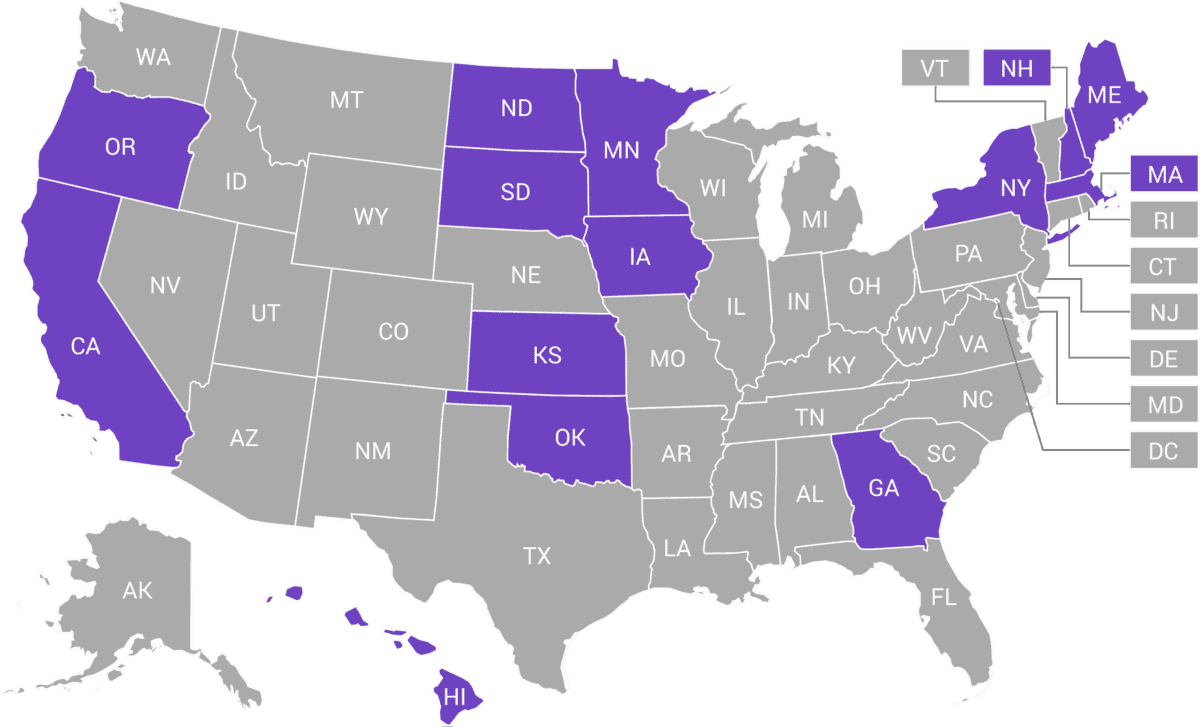
For the remaining 36 states and D.C., you can "derive" your new name in four ways:
These rules apply to same-sex marriages, civil unions, and domestic partnerships too.
1. Full last name

Take your spouse's entire last name, as-is. This is the "traditional" approach.
2. Partial last name

Take one whole part of your spouse's hyphenated or space-separated last name. (Assuming such name exists.)
For instance, if your spouse's last name was Davis-Garcia, you could choose either Davis or Garcia as your new last name if you preferred not to adopt their full hyphenated name.
3. Hyphenated last name

Combine your and your spouse's last names with a hyphen (-), in either order.
4. Double-barreled last name

Join your and your spouse's last names, separated by a space, in either order. The space character is mandatory; your names can't be flush together.
Married name change examples
The following exhibits your choices if your last name were Adams and spouse's Baker.
| Option | New last name |
|---|---|
| Full | Baker |
| Hyphenated | Adams-Baker |
| Hyphenated | Baker-Adams |
| Double-barreled | Adams Baker |
| Double-barreled | Baker Adams |
Here's an example using Adams and Baker-Smith…
| Option | New last name |
|---|---|
| Full | Baker-Smith |
| Partial | Baker |
| Partial | Smith |
| Hyphenated | Adams-Baker-Smith |
| Hyphenated | Baker-Smith-Adams |
| Double-barreled | Adams Baker-Smith |
| Double-barreled | Baker Smith-Adams |
You can't change your first name through marriage; petition the court instead.
Divorce name change

You can return to your maiden name using your divorce decree. Or any prior legal name. Men and women. Just ask the judge to include the written order.
If your decree has a name restoration order:
- You can only return to that name.
- It will be accepted by all government agencies.
If your decree is missing a name restoration order:
- The SSA can restore your maiden name.
- The SSA can restore any prior name on file.
- It might be accepted by other government agencies.
Divorce name change rules apply to similar legal break-ups:
- Annulment
- Civil union dissolution
- Domestic partnership dissolution
You can skip your divorce name change if you plan to switch it later after getting married again. This avoids a redundant, back-to-back name swap.
Court order name change
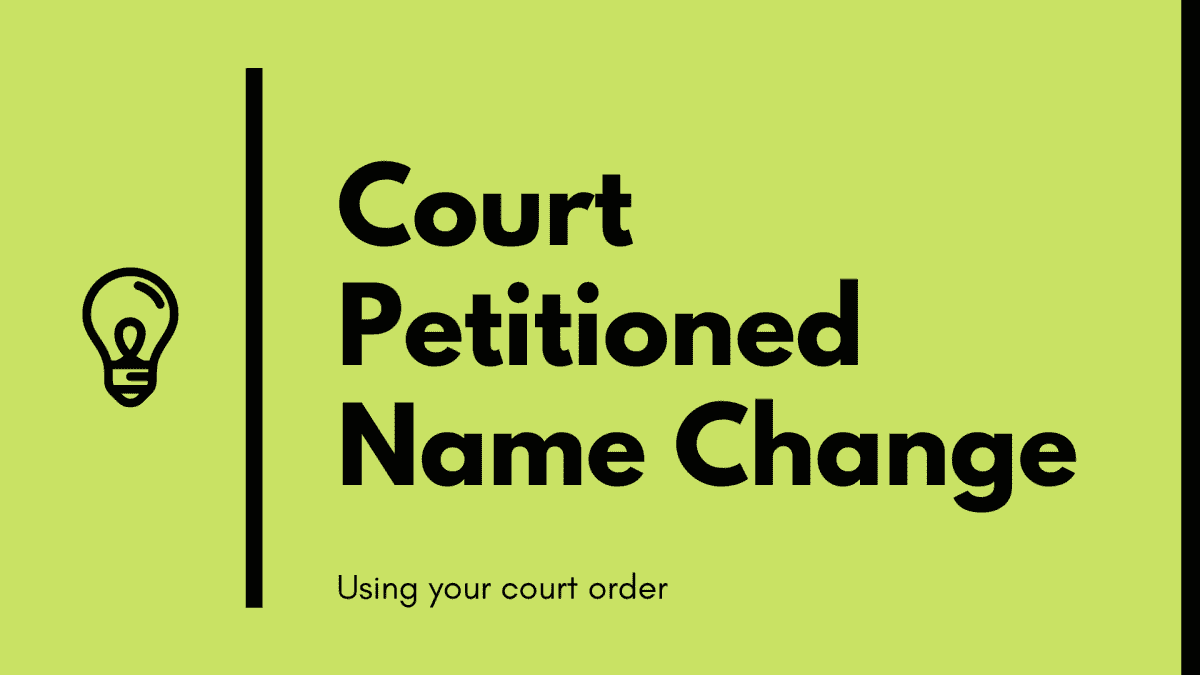
For a court-petitioned name change, you can only transition to the judge-approved name shown on your court order.
A court order is the most powerful name change instrument, permitting unrestricted first, middle, and last name revisions. Reach for this tool if all else fails.
Naturalization name change

You can ask the court for a new name during naturalization, then use your certificate of naturalization as proof.
Proof of age

False assumptions on name change and birth certificates merits mentioning that you don't have to prove age to:
- Change your name.
- Obtain a duplicate card.
- Replace a lost or stolen card.
But you must show evidence of age to:
- Apply for your first card.
- Correct your date of birth on file.
- Get a brand new social security number.
- Make up for forgetting your social security number.
You can confirm your age using a:
- Birth certificate (preferred)
- Identity document (showing age), or
- U.S. citizenship document (showing age)
Proof of identity
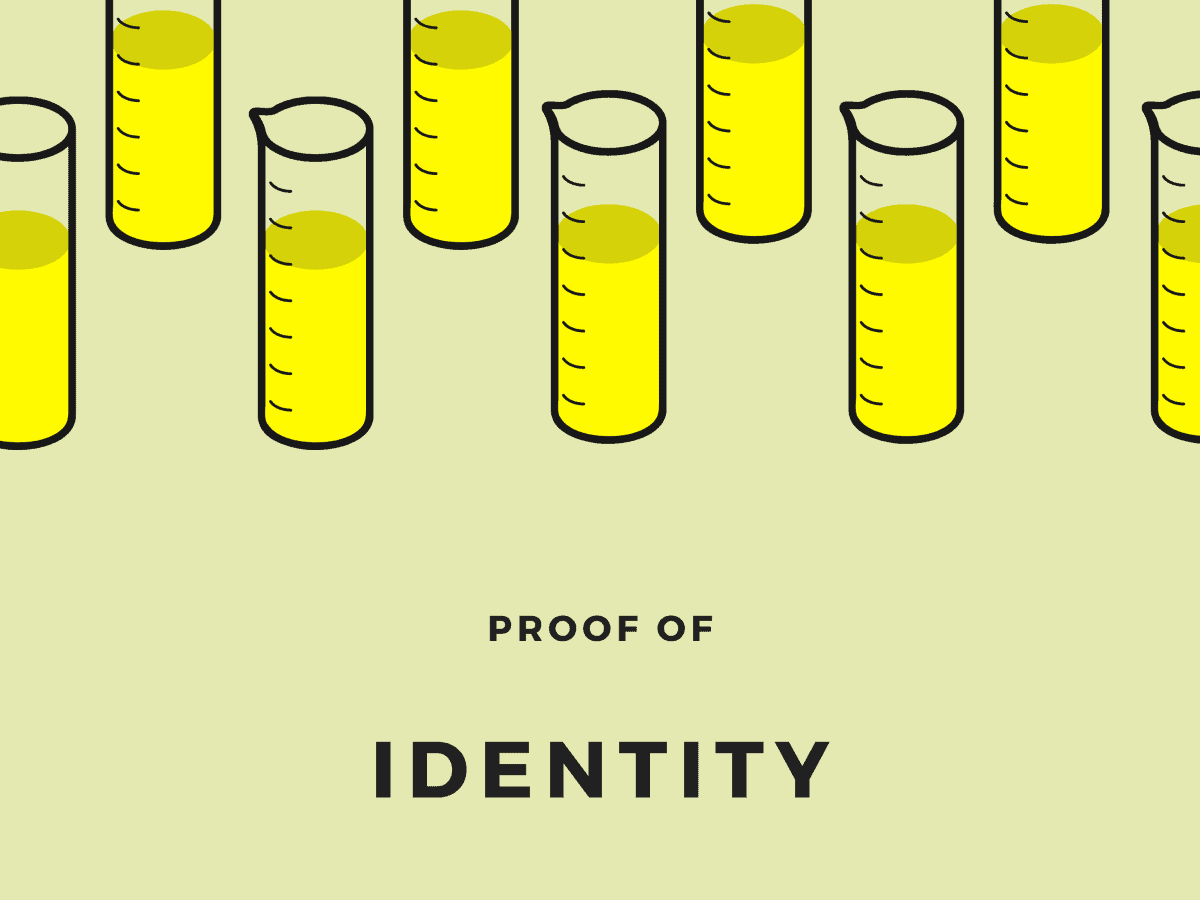
You must show one form of "primary" photo ID to change your name. If mailing identification alarms you, there may be a surprising workaround. Let's cover this rule first…
U.S. citizens, show your American:
- Driver's license
- State-issued ID card, or
- Passport book or passport card
U.S. lawful immigrants, show your foreign passport and:
- Green card
- Arrival/departure record
- Machine-readable immigrant visa, or
- Employment authorization document (EAD)
Alternative, secondary ID

You can show secondary ID if primary ID is unavailable. "Unavailable" means you can't "easily" access or replace it within ten business days.
The following table lists acceptable alternative identity documents approved by the SSA, which must contain your photograph, age, or date of birth:
| Document | U.S. citizens | Non-citizens | Age |
|---|---|---|---|
| U.S. military ID card | Yes | Yes | All |
| U.S. official passport | Yes | No | All |
| U.S. diplomatic passport | Yes | No | All |
| U.S. certificate of citizenship | Yes | No | All |
| U.S. certificate of naturalization | Yes | No | All |
| U.S. Indian tribal card | Yes | No | All |
| School record (current year) | Yes | Yes | All |
| Medical record | Yes | Yes | All |
| Religious record | Yes | Yes | Birth to 17 |
| Life insurance policy | Yes | Yes | 6+ |
| Final adoption decree | Yes | Yes | Birth to 17 |
| Employee ID card or badge | Yes | No | 18+ |
| Health insurance card | Yes | Yes | All |
| Medicaid card | Yes | Yes | All |
| Non-citizen state-issued ID card | No | Yes | All |
| Non-citizen state-issued driver's license | No | Yes | All |
The agency that issues your medical, religious, or school records must certify them. Insurance policies and medical cards must be current and active.
To reduce the chance of your paperwork returned asking for nonexistent primary ID, take preemptive action by attaching a note explaining your plight…
Please accept this secondary ID, as I cannot access or obtain primary evidence of ID within 10 business days.
Statement complying with SSA POMS RM 10210.420
Maybe you don't need ID

You may be able to use your name change document, such as your marriage certificate, as primary identification. This offers the convenience of mailing your application without surrendering your driver's license, passport, etc.
This works by making sure your document:
Review the primary ID options if your name change document doesn't qualify as ID.
1. Is recently established
You've crossed the biggest hurdle if your name change event took place within the past two years. (It extends to four years if you're below the age of 18.)
There's no hard name change deadline. But waiting too long increases your burden—mailing ID and awaiting its return. Even then, alternative ID options exist.
2. Shows biographical information
Your name change document must—and should—show biographical data matching your current social security record:
- Age
- Date of birth, or
- Parents' names (one or both)
Any of the above three details work, but nothing else.
3. Matches your current name on file
Your name change document must mention the name on your current social security card. So, if your name was Jane Doe before changing, your document must reflect that.
Proof of citizenship
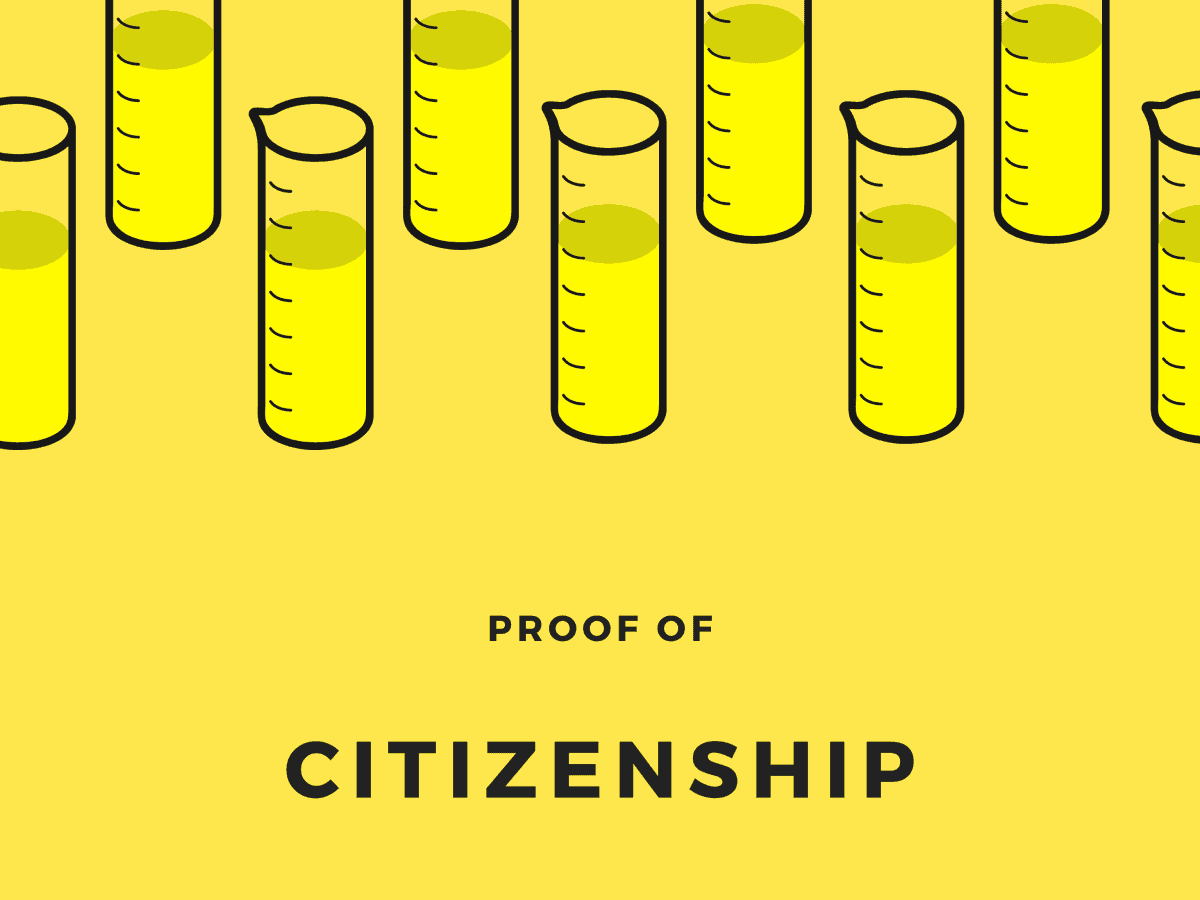
In the unlikely event that the Social Security Administration is unaware of your U.S. citizenship, show your:
- U.S. passport
- U.S. birth certificate
- KIC-class American Indian card
- Consular report of birth abroad (CRBA), or
- U.S. certificate of citizenship or naturalization
The bottom line is that you can skip this step if the SSA issued you a social security card in the past with your citizenship status marked as U.S. citizen.
Proof of lawful immigrant status

If you're a U.S. lawful immigrant (non-citizen), verify your immigration status with your:
- Foreign passport
- Work authorization (if applicable), and
- Unexpired U.S.-issued immigration document
Student visa holders (F-1 or M-1), show Form I-20 (Certificate of Eligibility for Nonimmigrant Student Status). If employed, show a pay stub or employer letter listing your:
- Job
- Hours
- Start date
- Supervisor's name
- Supervisor's phone number
Exchange visitor visa holders (J-1 or J-2), show Form DS-2019 (Certificate of Eligibility for Exchange Visitor Status). If employed, your sponsor must write a letter that's:
- Signed
- On their letterhead
- Authorizing you to work
Submitting your paperwork

You have a major decision to make after preparing your paperwork—submit your application by mail or in person? The in-person experience is clear-cut:
- Visit your local social security office.
- Submit your paperwork for review and scanning.
- Retrieve your documents: identification, certificates, etc.
- Exit with your receipt of services rendered.
- Await your new card by mail.
You can schedule an appointment to change your name, which saves time by skipping the line. Walk-ins without an appointment are still welcome.
SSA offices tend to have shorter wait times and fewer visitors from Wednesday through Friday, as well as during the latter half of each month.
You cannot change your name with social security online or via MySSA (my Social Security). You must either apply by mail or in office.
Social security offices reopen
In-person service has returned to local social security offices on April 7, 2022.
COVID-19's impact on social security had closed field offices to the public for over two years, between March 17, 2020 and April 7, 2022. Forcing name change applications to mail…
The Social Security Administration is taking steps to protect the public and our employees during the Coronavirus or COVID-19 pandemic.
Until further notice, offices are open to provide limited, dire need, in person services by appointment only. We will continue offering services by phone and online.
Transcription of prerecorded notice on prior office closures.
Receiving your new card by mail

It should take 7 to 14 days to receive your new social security card by mail. The COVID-19-related delays of 2021–2022 have settled down. Four weeks is the worst-case scenario.
Since SSA field offices have reopened in April 2022, processing times have improved to more normal levels.
Expect two deliveries
Supporting documents you send with your application will arrive earlier from your local office. The "Central Office" near DC and Baltimore will mail your updated card last.
For instance, if your mailed packet includes your:
- Completed SS-5 form
- Driver's license (proof of identity)
- Marriage certificate (proof of name change)
You'll get mailed two envelopes:
- One early envelope returning your photo ID and certificate.
- A second, delayed envelope containing your updated social security card.
It's normal for your card to arrive several weeks after your personal documents.
If your new social security card has an error, typo, or missing information, contact your nearest SSA office for a correction.
Securing your social security card
When your new social security card arrives by mail:
- Sign it in ink.
- Avoid making photocopies.
- Seal it in a plastic bag or container.
- Store it at home instead of your wallet or purse.
Don't laminate your card; it blocks built-in anti-counterfeiting security features.
Changing your name on other credentials

How should you order and space out your name change to-dos beyond social security? Here's the proper sequence:
- Green card
- Social security card
- Driver's license or Real ID
- Military ID card
- Passport
- IRS
- USPS
- Employers
- Everything else
Let's explain each in quick succession…
1. Green card
Use Form I-90 to change your green card name. This precedes social security.
2. Social security card
Social security name change makes your new name legal.
3. Driver's license or Real ID
Wait at least 24 hours between your social security and driver's license name change; enough time for the SSA database to refresh before it's queried.
4. Military ID card
Update your military ID via DEERS or an ID card center.
5. Passport
Renew or change your passport name any time.
6. IRS
The SSA will alert the IRS that you've changed your name.
7. USPS
Set up USPS mail forwarding if changing your address.
8. Employers
The name on your W-2s must match IRS records for proper social security benefits recording.
9. Everything else
Notify or update the leftovers:
- Banks
- Business cards
- Car title and registration
- Clubs
- Credit cards
- Doctor's offices
- Government tax assessors
- Insurance companies (auto, life, health, homeowners)
- Internet properties (email and website)
- Landlord
- Memberships
- Mortgage company
- Pharmacists
- Property deeds, titles, and trusts
- Retirement plans (401k and IRA)
- Shopping accounts (Amazon, eBay, PayPal)
- Social media profiles (Facebook, Twitter, LinkedIn)
- Utilities (water, electric, cable, phone, internet)
- Voter registration
Conclusion
Whether you use this guide or our online name change kit to change your name, everything starts with updating your social security card. Good luck to you.
Your questions and comments are welcome below.
1,000 Comments